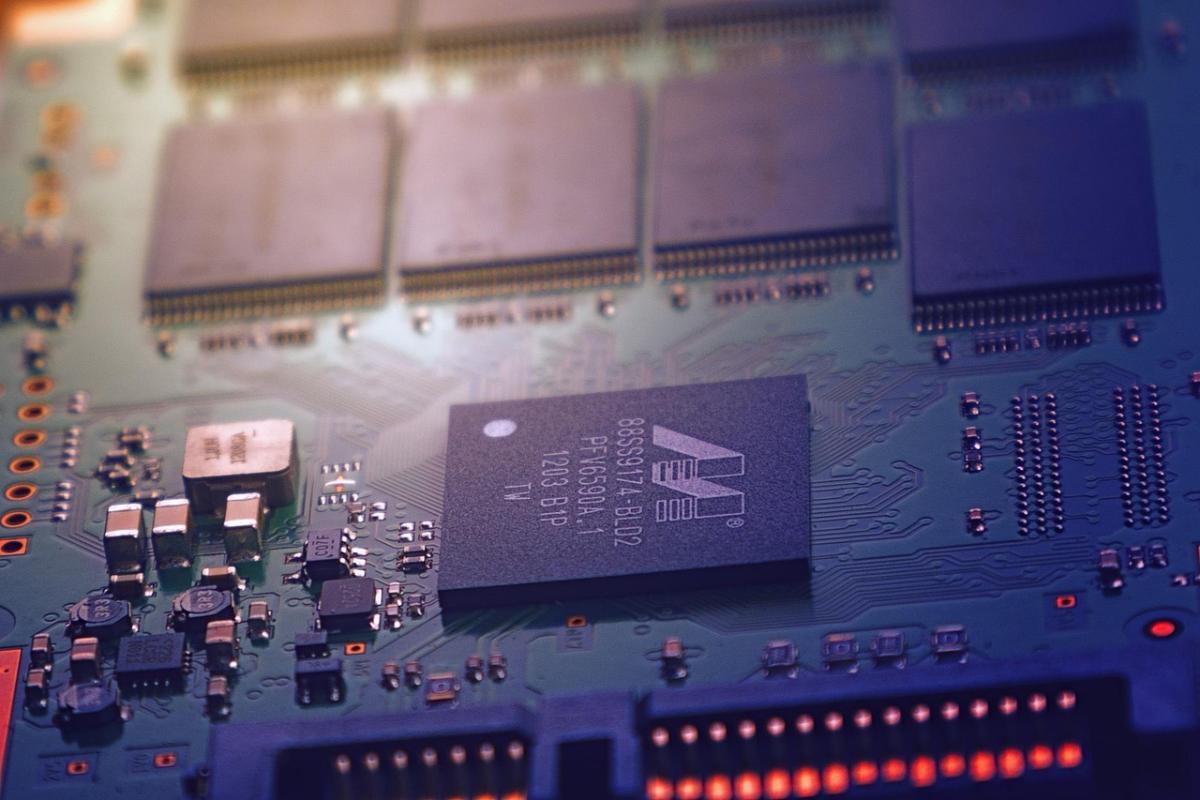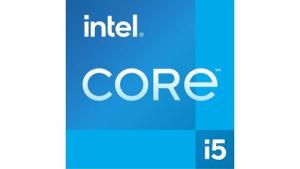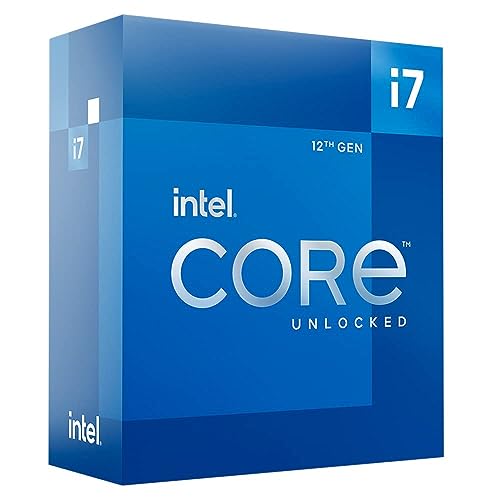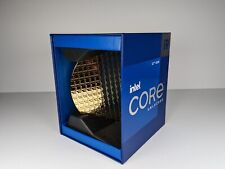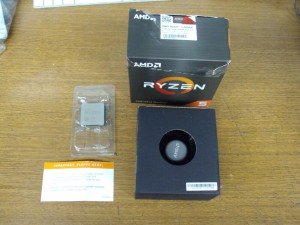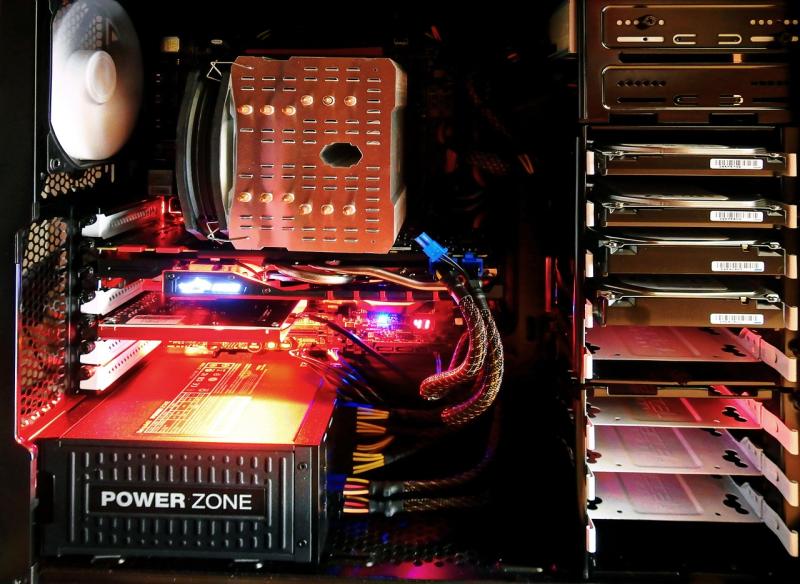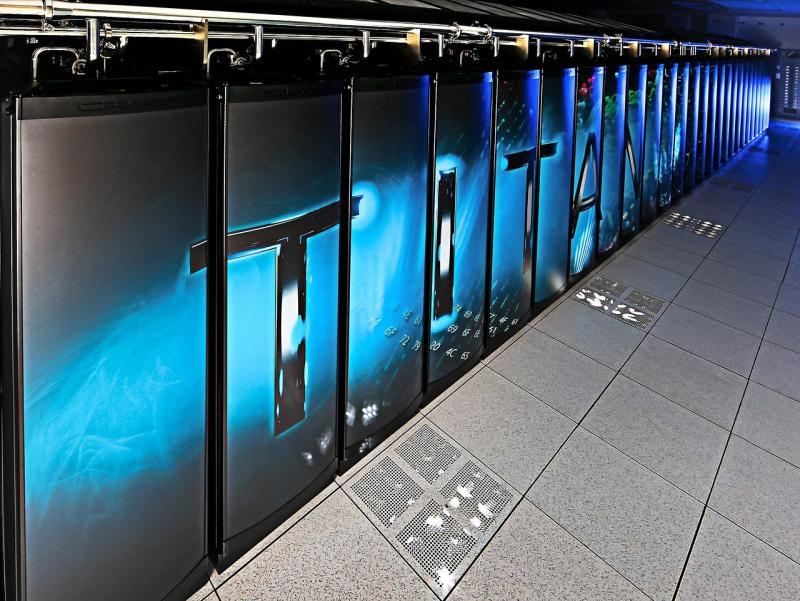Modern CPU architectures play a fundamental role in shaping overall system performance. Differences in core count, thread management, and energy efficiency between architectures can directly influence computing speed and multitasking capabilities. This article compares various CPU architectures to help you understand their impact on high performance PC builds.
Examine the trade‑offs between performance and power consumption across various CPU designs—from older architectures to the latest multi‑core, hyper‑threaded models. Consider architectural innovations such as instruction pipeline enhancements, cache hierarchy, and integrated AI acceleration. Benchmark comparisons reveal how these factors influence real‑world performance in gaming, content creation, and multitasking scenarios.
Align your choice with your specific application needs—seeking higher performance for intensive tasks or efficiency for prolonged workloads. Understanding the nuances of CPU architecture enables more informed decisions when building or upgrading your system.
A comprehensive understanding of CPU architecture is vital for optimizing system performance. By comparing key architectural differences and their impacts, you can select a CPU that best matches your performance demands and future‑proof your build.
CPU Architecture Deep Dive: Comparative Analysis, Benchmarks & Selection Guide
Modern CPU architectures shape every facet of system performance. From core microarchitecture to energy efficiency and AI acceleration, design choices at the silicon level dictate real-world speeds in gaming, content creation, and heavy multitasking. This extensive guide compares leading CPU designs, reveals architectural innovations, and helps you choose the perfect processor for your next high-performance PC build.
1. CPU Architecture Fundamentals
At its core, a CPU’s architecture defines:
- Instruction Set Architecture (ISA): The low-level commands a CPU understands (x86-64, ARM, RISC-V).
- Microarchitecture: The implementation of ISA via pipelines, execution units, and cache.
- Clock Domains: Base and boost frequencies, turbo modes.
- Power Delivery: Voltage regulators, phase count, VRM quality.
- Memory Controllers: Integrated DDR4/DDR5 controllers, channel count.
- I/O Fabric: PCIe lanes, CXL support, integrated interconnects.
These building blocks shape every CPU generation’s performance, efficiency, and feature set.
2. Evolution of CPU Designs
CPU architectures have evolved dramatically over the past two decades:
- Early x86 Cores: Single-core designs with simple pipelines and modest caches.
- Multi-Core Era: Dual, quad, then octa-core topologies to parallelize workloads.
- SMT / Hyper-Threading: Logical threads per core for improved utilization.
- ARM & RISC: Power-efficient cores in mobile and server markets.
- Chiplet & 3D Stacking: AMD Zen 2/3, Intel Foveros, 3D V-Cache breakthroughs.
- Hybrid Cores: Intel Alder Lake big-LITTLE, ARM big.LITTLE designs for performance-efficient balance.
3. Core Microarchitecture & Execution Engine
Key microarchitectural elements include:
- Pipeline Depth: More stages allow higher clocks but increase branch penalties.
- Superscalar Dispatch: Number of instructions decoded, dispatched, and executed per cycle.
- Execution Units: ALUs, FPUs, vector units for SIMD operations.
- Reorder Buffer & ROB Size: Out-of-order execution window affects throughput.
For instance, Intel’s Golden Cove microarchitecture increased ALU throughput and widened execution ports, while AMD’s Zen 4 improved branch prediction and doubled buffer sizes for higher IPC (Instructions per Clock).
4. Branch Prediction & Out-of-Order Execution
Branch prediction accuracy minimizes pipeline stalls:
- Two-Level Predictors: Global & local history tables for higher hit rates.
- Neural / TAGE Predictors: Adaptive multi-table models in modern cores.
- Speculative Execution: Squash or commit speculated instructions post-prediction.
Out-of-order engines reorder instructions to keep execution units busy, hiding memory latency and maximizing IPC. Deep pipelines (e.g., 19 stages) can reach 5+ GHz, but require refined predictors to avoid flush penalties.
5. Cache Hierarchy & Memory Subsystem
A multi-level cache system reduces costly DRAM accesses:
- L1 Cache: Ultra-low latency (2–4 cycles), per-core.
- L2 Cache: Moderate size (512 KB–1 MB), shared or dedicated.
- L3 / Last-Level Cache: Large pool (8–96 MB), shared among cores.
Innovations like AMD’s Infinity Cache (Zen 3) and Intel’s Smart Cache dynamically allocate cache to hot threads, boosting gaming and data-center performance by reducing DRAM traffic.
6. SMT vs More Cores: Threads & Parallelism
Simultaneous Multi-Threading (SMT) lets each physical core handle two or more threads:
- Intel Hyper-Threading: 2 threads per core across mainstream desktop CPUs.
- AMD SMT: 2 threads per Zen core, with 16 core / 32 thread top SKUs.
While adding physical cores scales linearly for highly parallel workloads, SMT improves throughput in mixed-threaded tasks like server virtualization, web hosting, and build machines.
7. Heterogeneous & Hybrid Core Architectures
Combining big performance cores with little efficient cores optimizes power vs performance:
- Intel Alder Lake: Golden Cove P-cores + Gracemont E-cores under Intel 7 process.
- ARM big.LITTLE: Cortex-X performance cores + Cortex-A efficiency cores.
Task schedulers in modern OSes assign foreground, latency-sensitive threads to P-cores and background, low-priority tasks to E-cores, maximizing battery life on laptops and mobile while delivering desktop-class performance under load.
8. Chiplets & Multi-Die Packaging
Moving from monolithic dies to chiplets increases yield and scalability:
- AMD Zen 2/3: CCD chiplets + I/O die on a single package.
- Intel Foveros: 3D stacked tiles for logic and memory.
- TSMC CoWoS & InFO: Advanced packaging for high-bandwidth HPC accelerators.
Chiplets allow mixing process nodes (5 nm compute + 7 nm I/O) and scaling core counts without die size penalties, enabling 64-core desktop chips and 128+ core server CPUs.
9. Energy Efficiency & Thermal Management
Efficiency hinges on performance-per-watt metrics:
- TDP Rating: Thermal headroom under sustained load.
- DVFS: Dynamic voltage and frequency scaling to adapt power draw.
- Power Islands: Independent power domains for cores, uncore, I/O.
Intel’s hybrid approach and ARM’s ultra-efficient cores deliver laptop battery life measured in hours, while server CPUs leverage deep sleep states (C-states) to slash idle power to single-digit watts.
10. AI, SIMD & Specialized Instruction Sets
CPUs now integrate or accelerate AI workloads:
- Intel DL Boost / AMX: Matrix extensions for deep learning inference.
- ARM Scalable Vector Extension (SVE): Vector lengths up to 2048 bits for HPC.
- Apple Neural Engine: Dedicated NPU in M-series SoCs for on-device AI.
SIMD units like AVX-512 and Neon speed up multimedia, encryption, and data-parallel tasks by processing multiple data points per instruction.
11. Platform, Socket & Chipset Considerations
Selecting a CPU also means choosing the right platform:
- Intel LGA1700: Alder Lake, Raptor Lake with Z690/Z790 chipsets.
- AMD AM5: Ryzen 7000 series on X670E/B650E, with DDR5 support.
- ARM Server: Ampere Altra, AWS Graviton on custom sockets.
Ensure motherboard BIOS supports your CPU revision, and check PCIe, memory channel, and overclocking feature sets before purchase.
12. Benchmark Methodologies & Real-World Performance
Benchmarks fall into categories:
- Synthetic: Cinebench R23, Geekbench, SPEC CPU.
- Gaming: 1080p/1440p tests in AAA titles with GPU-bound CPU scaling.
- Content Creation: Blender, HandBrake, Adobe Premiere export timings.
- Multitasking & Virtualization: VM density, compile times, database workloads.
Comparative results often show:
- AMD Ryzen 9 series leading pure multi-threaded tasks.
- Intel Core i9 fastest in single-threaded and gaming workloads.
- Apple M-series excelling in energy-efficient CPU+GPU+NPU integration.
13. Use-Case Scenarios & Workloads
Match architectures to tasks:
- Gaming: High single-core clocks, strong IPC, moderate core counts (6–8 cores).
- Creative Work: 12+ cores for rendering, encoding, and heavy multitasking.
- Server / Virtualization: 16+ cores, extensive PCIe lanes, ECC memory support.
- Mobile / Ultra-Portable: Hybrid cores for battery life and burst performance.
14. How to Select the Right CPU
- Define your primary workloads and peak performance requirements.
- Assess core count vs. clock speed vs. energy efficiency trade-offs.
- Consider platform longevity: socket lifespan, BIOS support, upgradability.
- Balance budget: mainstream vs. enthusiast vs. workstation tiers.
- Review third-party benchmarks and real-world tests in your target applications.
15. Future Trends: RISC-V, ARM, PCIe 6.0 & Beyond
The CPU landscape continues evolving:
- RISC-V: Open-source ISA gaining traction in embedded and HPC.
- ARM Neoverse: Data-center focused cores with SVE2 for HPC & AI.
- PCIe 6.0 & CXL 2.0: 64 GT/s lanes with coherent memory pooling.
- 3D Stacked Cache: Chip-stacked memory for ultra-low latency.
- Quantum Co-Processors: Early offload engines for specialized workloads.
Conclusion
A deep understanding of CPU architecture—from instruction pipelines and cache hierarchies to SMT, chiplets, and heterogeneous cores—is essential for optimizing system performance. By comparing microarchitectural features, benchmark results, and platform considerations, you can select the perfect CPU that aligns with your gaming, content-creation, virtualization, or workstation needs.
Stay informed on emerging ISAs like RISC-V, hybrid core designs, and future packaging technologies to future-proof your build. Armed with this comprehensive analysis, you’ll harness the full potential of modern CPU architectures and achieve unparalleled computing speed, multitasking prowess, and energy efficiency in your next high-performance PC.
